At the heart of the 7th district of Paris, PCA-STREAM has transformed what was formerly a bland and common office building into an exceptional town house. The existing building has had its interior restructured so as to provide natural light, while the facades now possess a contemporary identity through a geometrisation of its volumes.
Transvaal
Transforming a former factory into a residential loft
In 2000 PCA-STREAM transformed a former tinplate stamping factory in Belleville, Paris 20e, into a residential loft. Taking advantage of the initial depth of the space, the existing wooden structure has been preserved and the space gutted so as to insert sequences of life around a luminous patio that also provides an interior garden.
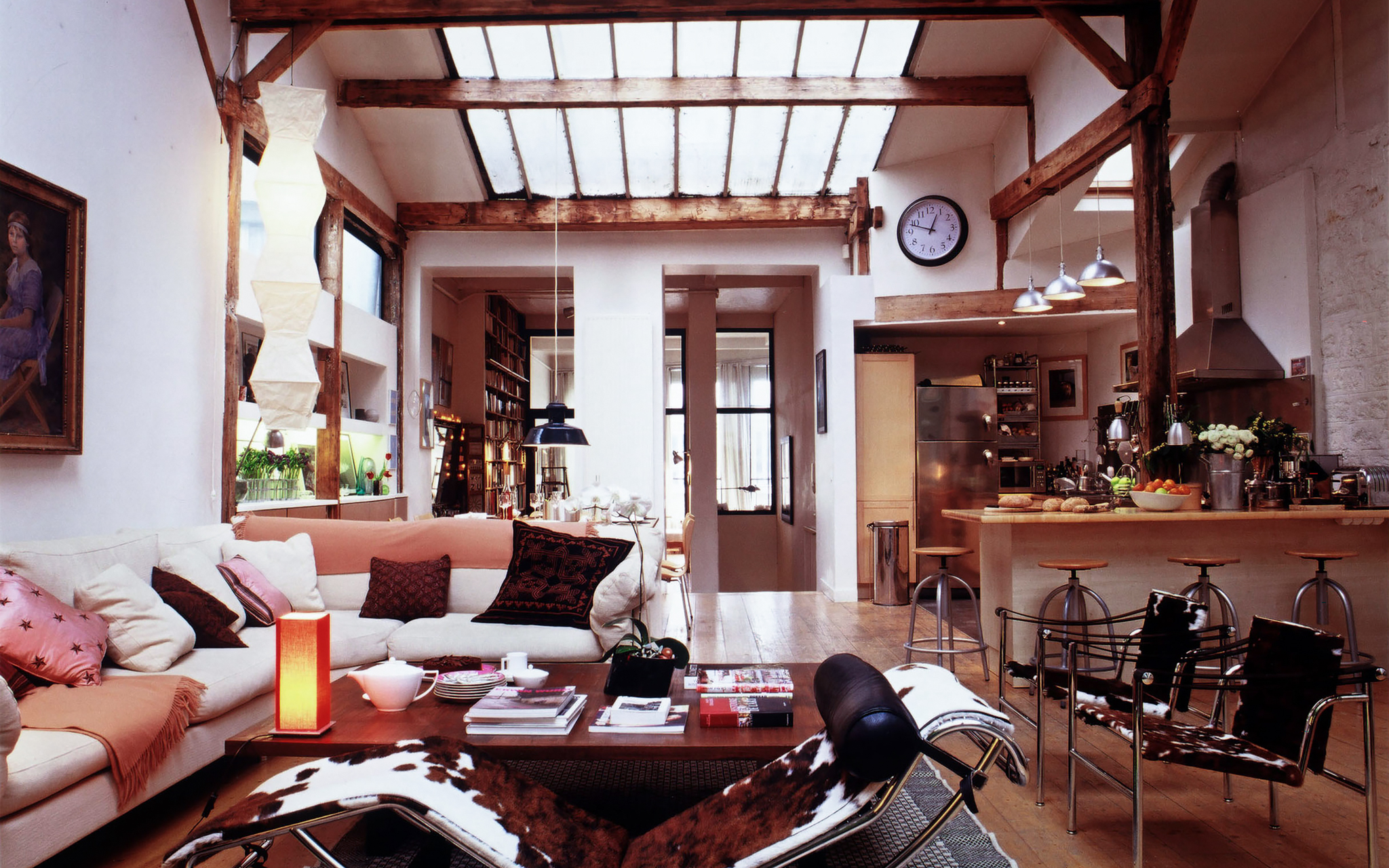
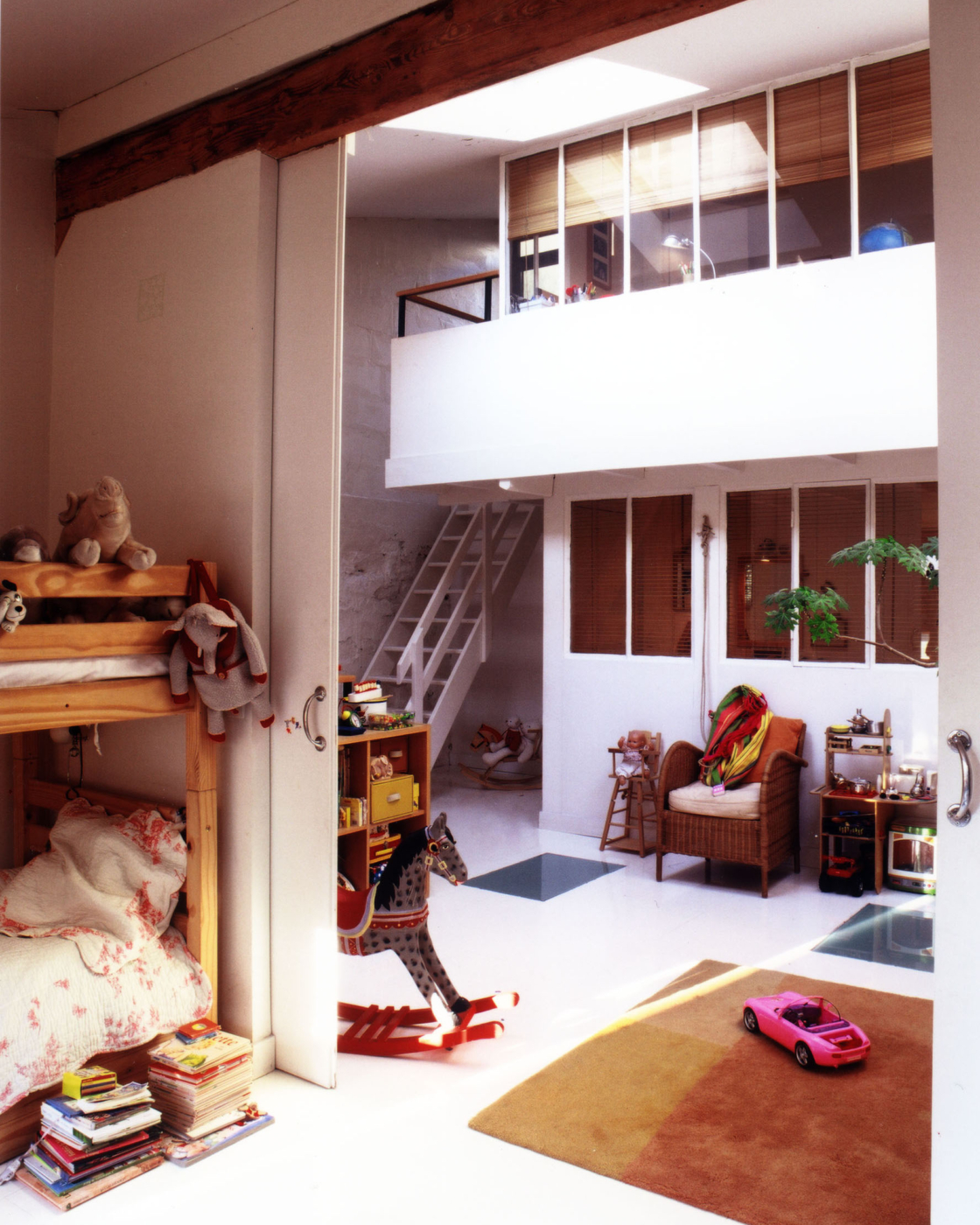
The choice of materials - wood, stainless steel, white paint - adds warmth and light to this exceptional volume, recomposed in an industrial loft spirit, responding to a new aesthetic sensibility born of mutation and reuse.
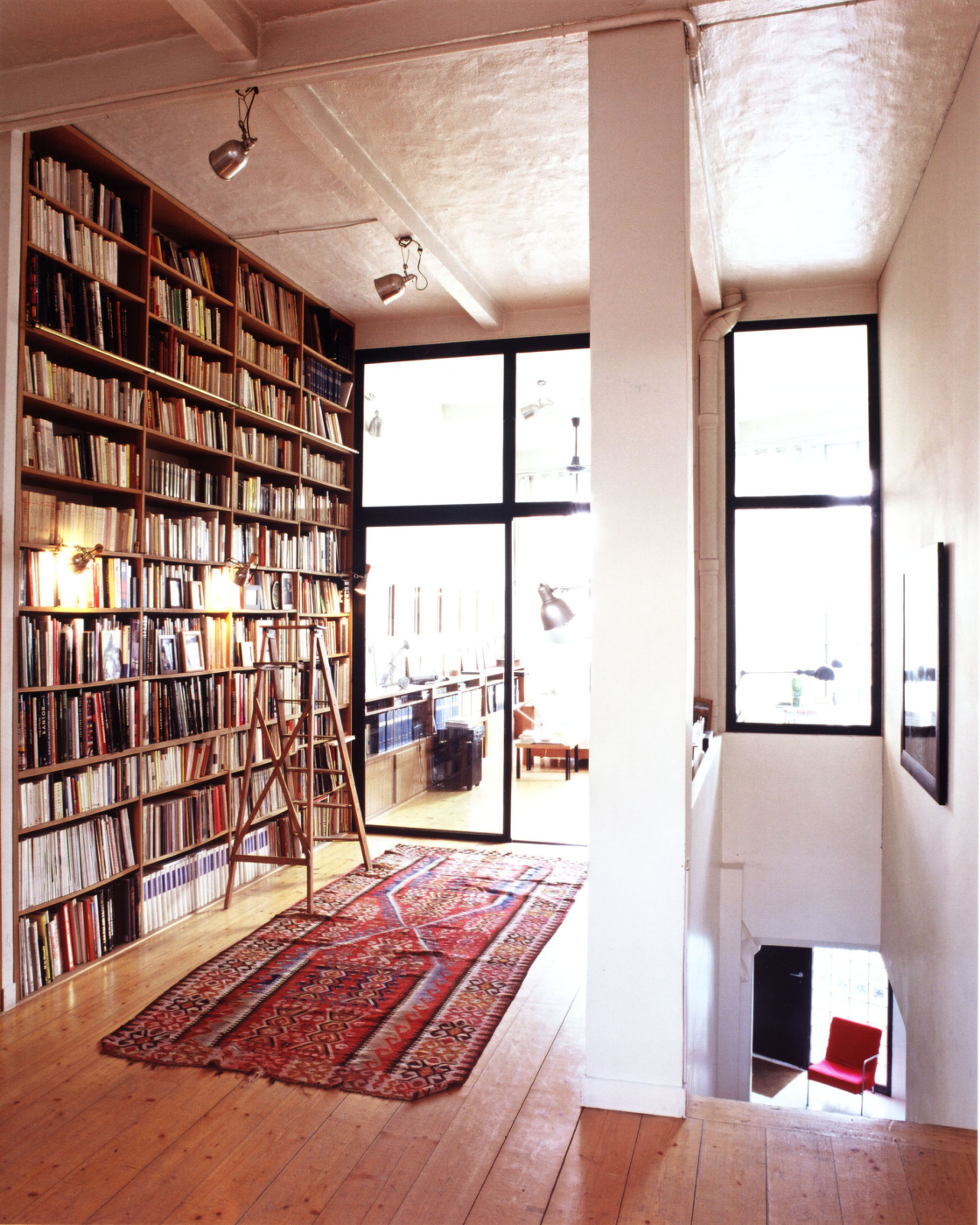
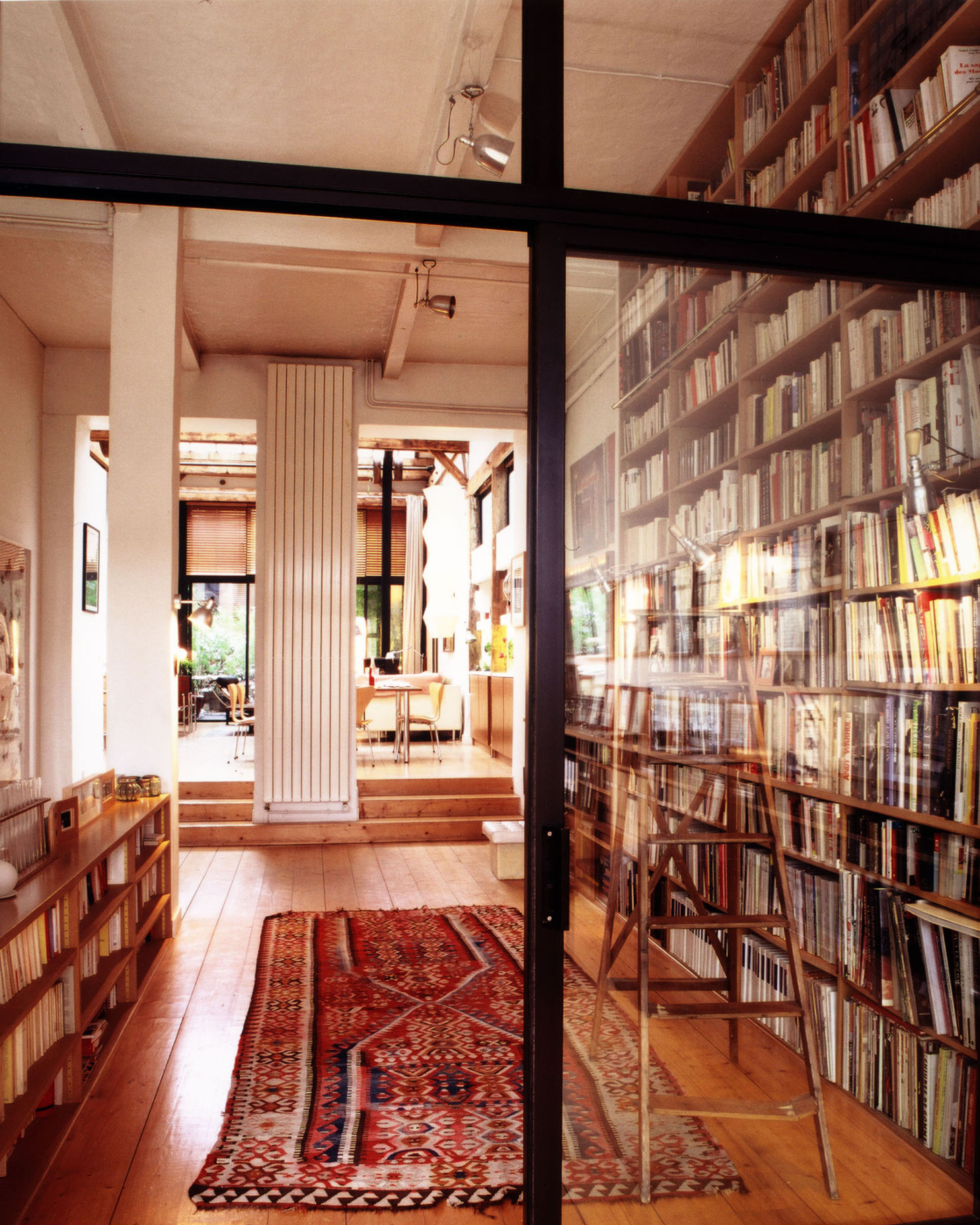
In a nod to the site's historic activity, the machine drive rings, fixed to the ceiling beams, have been preserved.
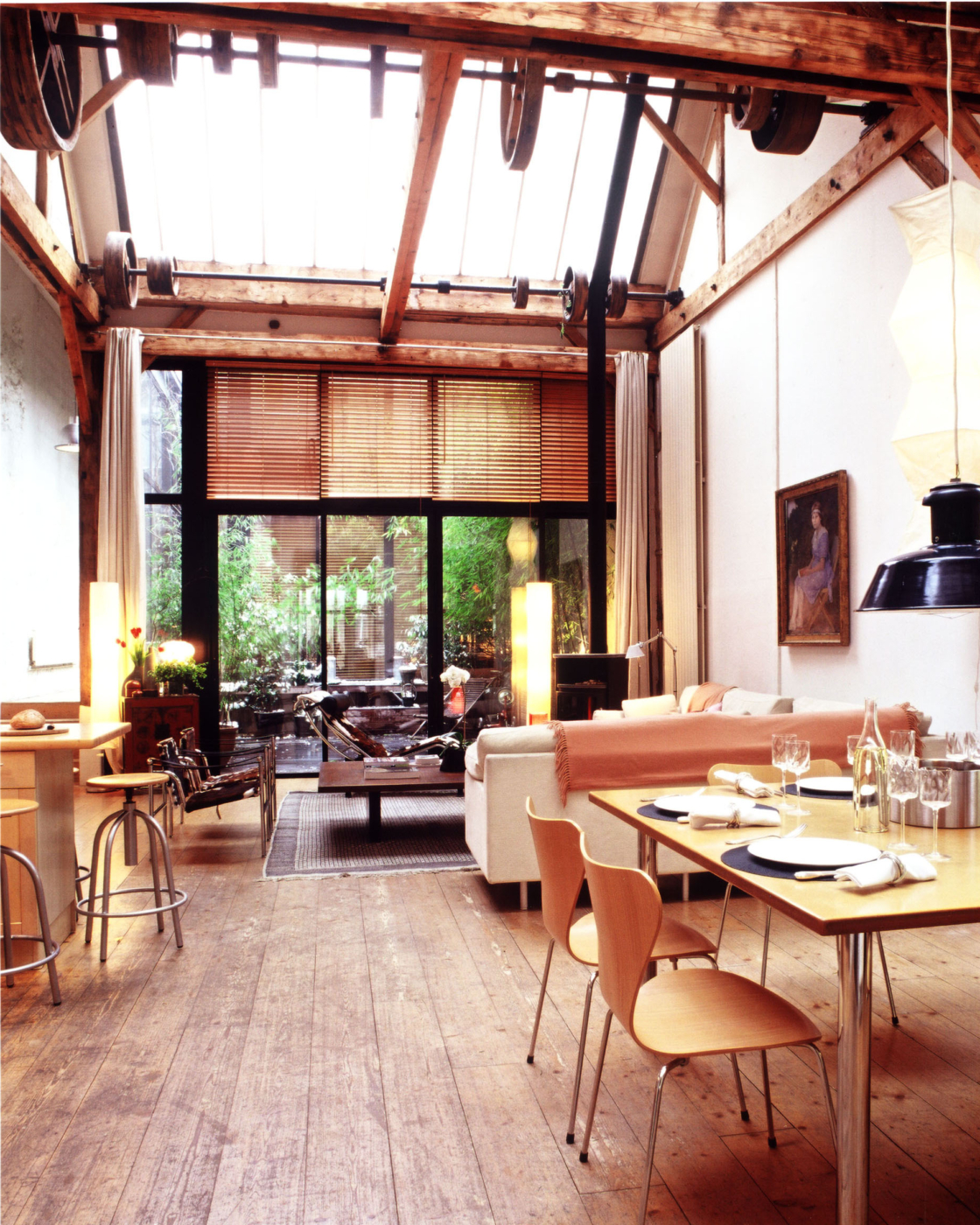
Related Contents
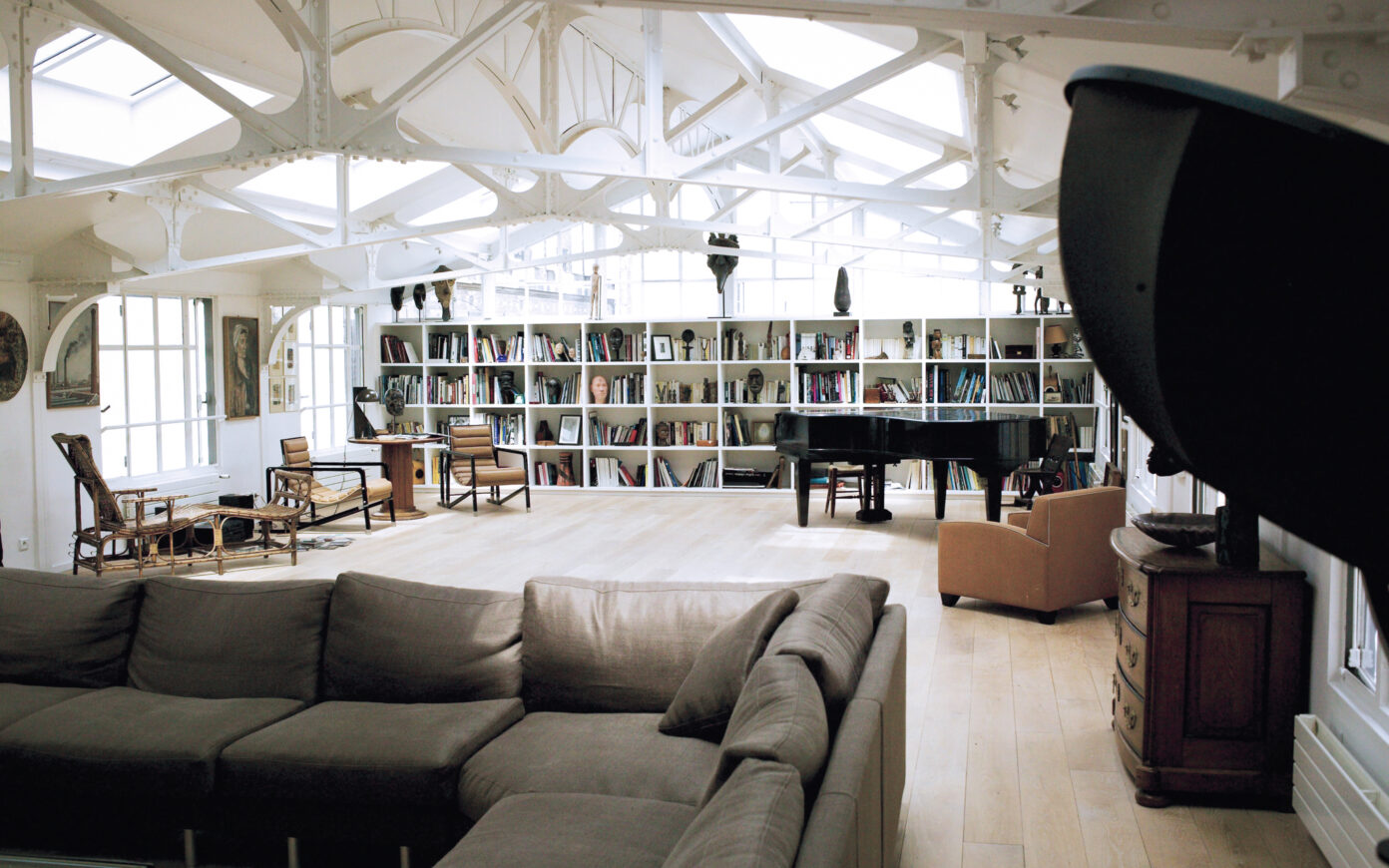
-
Paris
-
2002
-
Delivered

-
Paris
-
2002
-
Delivered
At the heart of Saint-Germain-des-Prés, PCA-STREAM is carrying out a heavy restructuring operation that illustrates its transformative architecture approach and aims to upgrade an exceptional but diverse housing complex. The premises of this former print-works hosts a mixed programme whose uses have been structured around a luminous, tree lined patio.
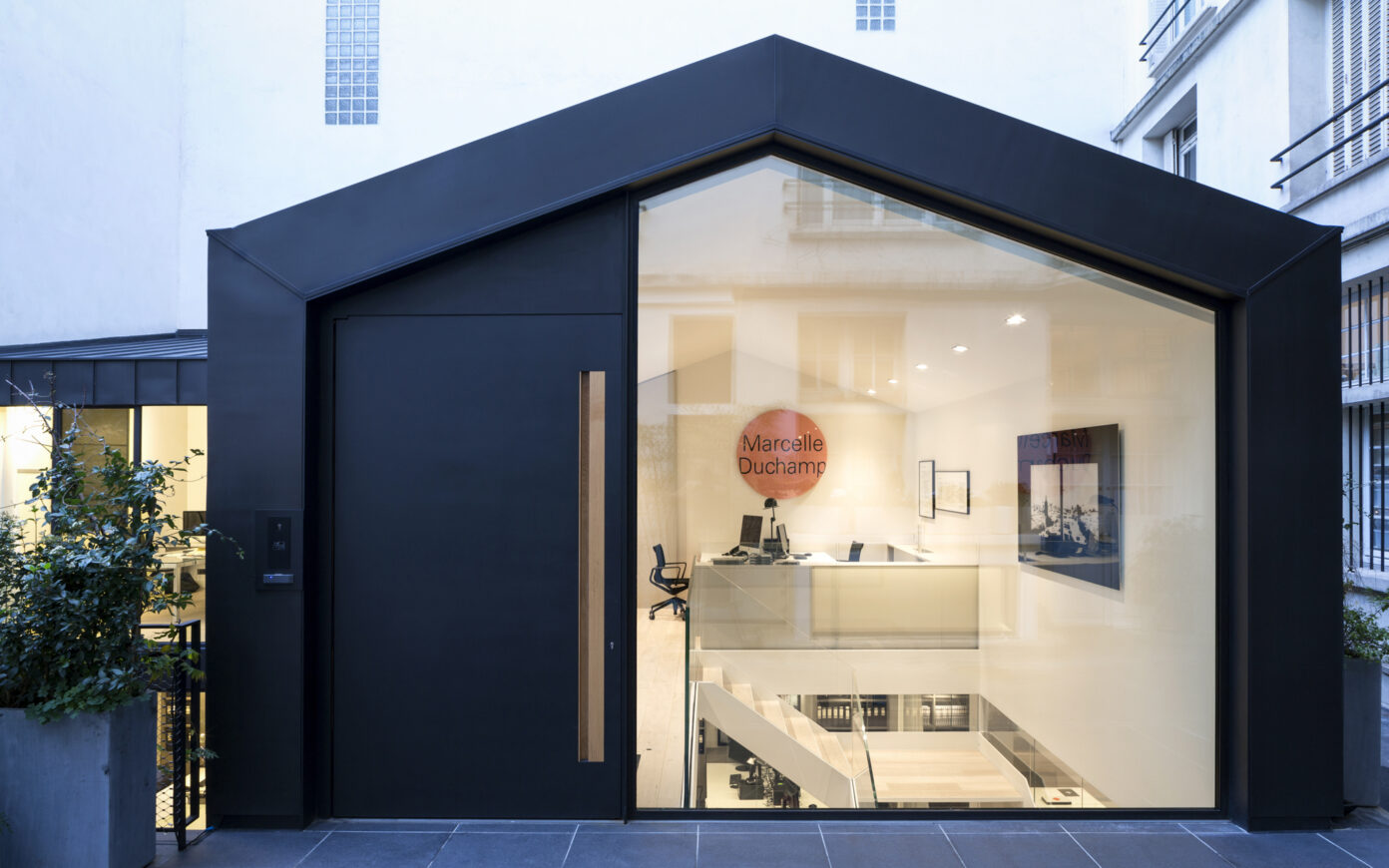
-
Paris
-
2014
-
Delivered
-
Paris
-
2014
-
Delivered
PCA-STREAM takes its inspiration from its research on new workspaces, which are gathered in the second issue of the Stream book-magazine, “After Office,” in order to design its premises in the Marais, on the site of a former printing house. Designed as an ecosystem that brings together a variety of spaces for the use of a large multidisciplinary team, this place is the spatial embodiment of PCA-STREAM as well as a manifesto of its innovative vision of the work space.
Transvaal
Transforming a former factory into a residential loft
In 2000 PCA-STREAM transformed a former tinplate stamping factory in Belleville, Paris 20e, into a residential loft. Taking advantage of the initial depth of the space, the existing wooden structure has been preserved and the space gutted so as to insert sequences of life around a luminous patio that also provides an interior garden.


The choice of materials - wood, stainless steel, white paint - adds warmth and light to this exceptional volume, recomposed in an industrial loft spirit, responding to a new aesthetic sensibility born of mutation and reuse.


In a nod to the site's historic activity, the machine drive rings, fixed to the ceiling beams, have been preserved.











-
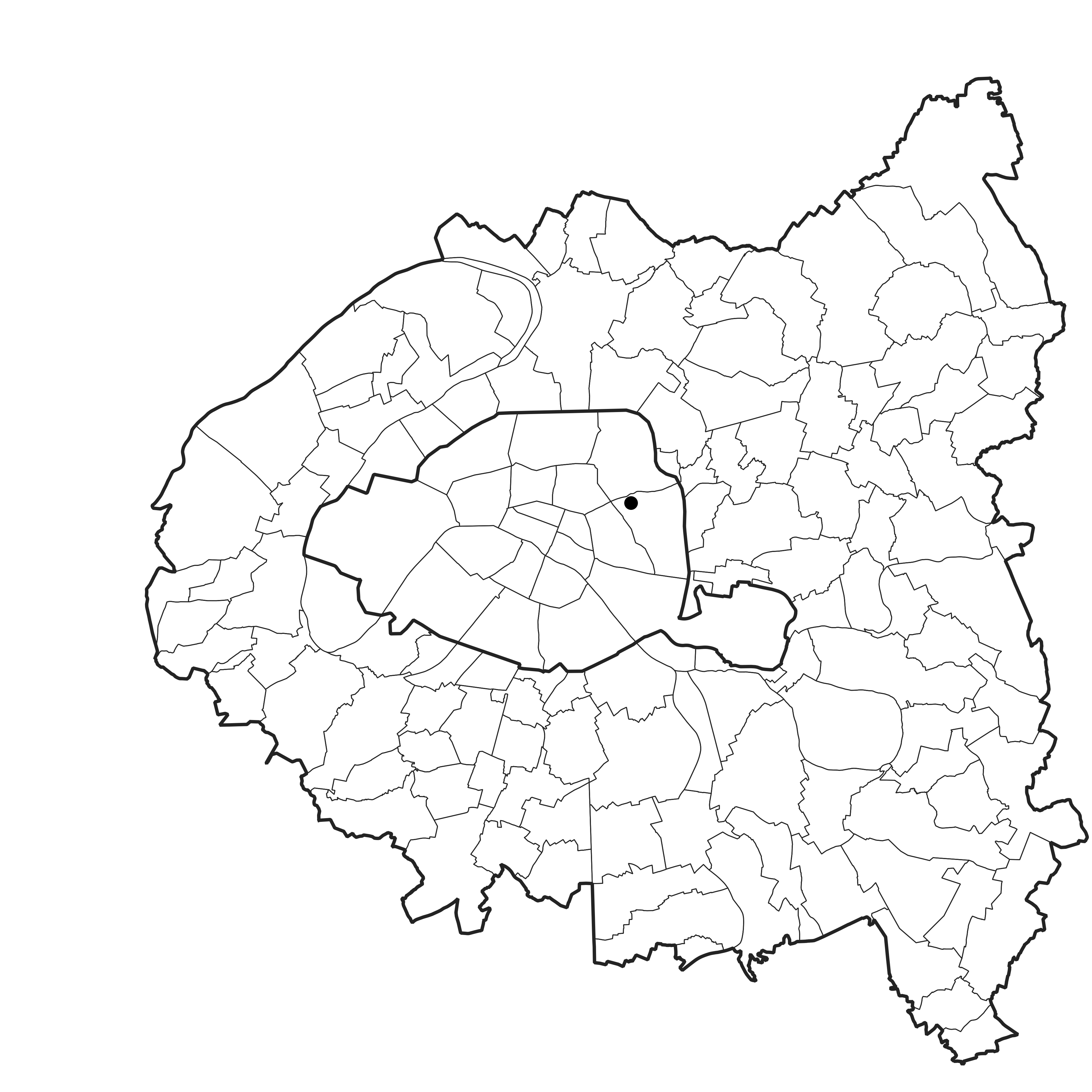
-
Paris
-
2000
- Delivered
- Housing
- Architecture
-

-
Paris
-
2000
- Delivered
- Housing
- Architecture
From one street to another
Originally designed to house a tin-plate stamping factory in the 1920s, this large premises of over 400m2 on the heights of Belleville had first been transformed into a lithography studio and art gallery. At the heart of the 20th district of Paris, it took root in this popular neighbourhood that continues to hold on to the traces of its industrial and artisanal past. PCA-STREAM transformed this ancient workshop while respecting its origins and its spirit, adapting it to its new functions of accommodation and offices. A tip of the hat to the historical activity of the place, the machine drive rings that are fixed to the roof beams have all been conserved. The loft stretches from one street to another, and has a single window that runs along the facade, with the challenge being to play with this length and to work on the incoming natural light. Transparency has been emphasized in particular, allowing one to see all the way through the building. The agency has also chosen to preserve the remarkable oak structure and to enhance it with interior elements that echo it: bookcases, floorboards and shutters.
Facilitating sequences of life
The original space was organised into three cellars. PCA-STREAM worked in successive sequences, designing the dividing walls in such a way as to not lose the through perspective. An open air patio placed at the heart of the project allows light to be provided and the spaces to be structured. The first space contains the living areas, the central one is divided into closed sections that provide privacy, and the last space is reserved for professional activities. Light enters abundantly through the sky light, with the creation of transoms and new windows thanks to a partial elevation, but also through openings onto the Japanese garden that enhances the patio. Inspired by traditional Japanese architecture, the succession of glazed sliding windows that can be concealed by wooden shutters, allows one to alternate between depth of space and privacy. The choice of materials – wood, stainless steel and white paint – adds warmth to this exceptional volume that has been rebuilt in the spirit of an industrial loft.
Related Contents
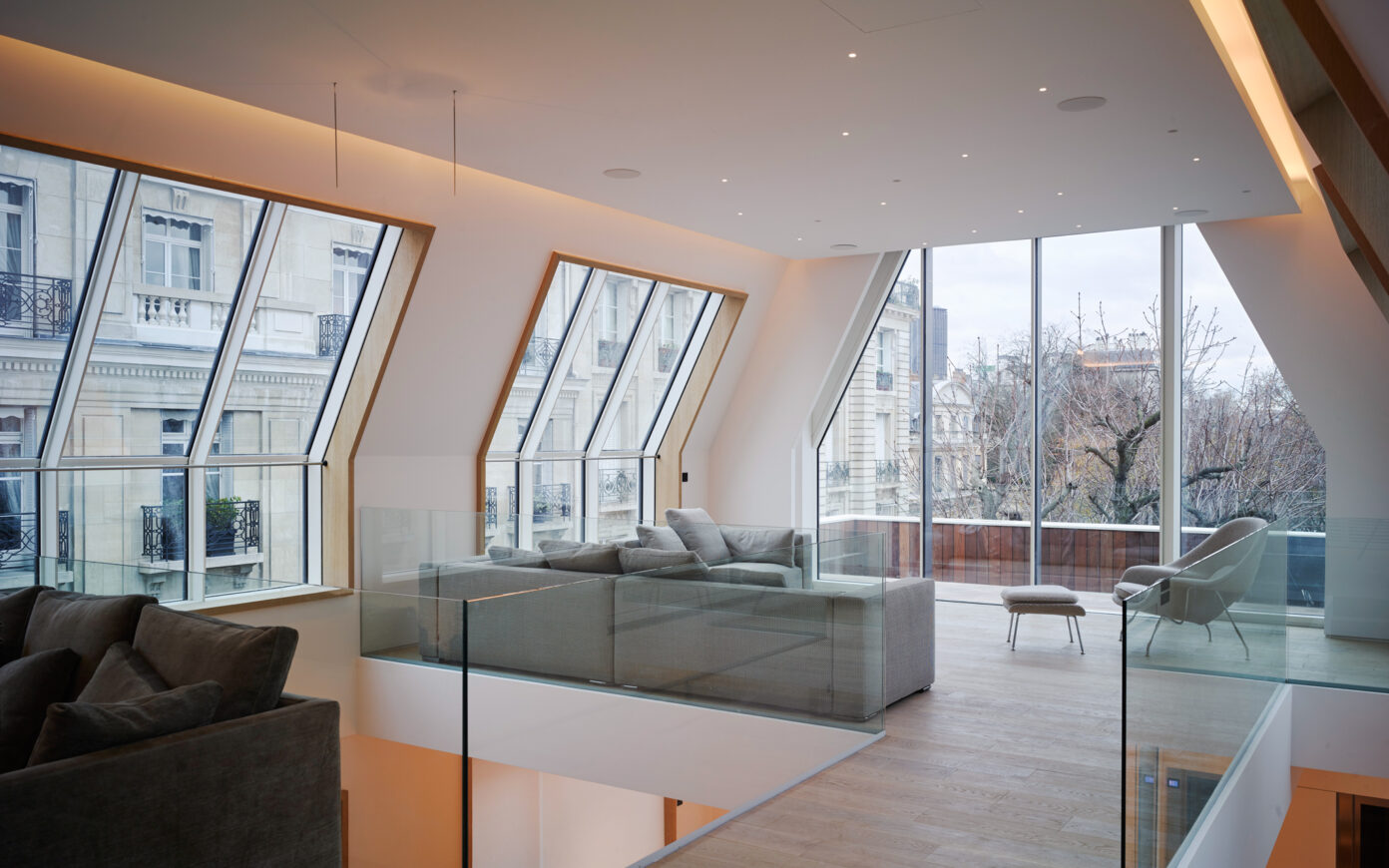
-
Paris
-
2015
-
Delivered

-
Paris
-
2015
-
Delivered
At the heart of the 7th district of Paris, PCA-STREAM has transformed what was formerly a bland and common office building into an exceptional town house. The existing building has had its interior restructured so as to provide natural light, while the facades now possess a contemporary identity through a geometrisation of its volumes.

-
Paris
-
2002
-
Delivered

-
Paris
-
2002
-
Delivered
At the heart of Saint-Germain-des-Prés, PCA-STREAM is carrying out a heavy restructuring operation that illustrates its transformative architecture approach and aims to upgrade an exceptional but diverse housing complex. The premises of this former print-works hosts a mixed programme whose uses have been structured around a luminous, tree lined patio.

-
Paris
-
2014
-
Delivered
-
Paris
-
2014
-
Delivered
PCA-STREAM takes its inspiration from its research on new workspaces, which are gathered in the second issue of the Stream book-magazine, “After Office,” in order to design its premises in the Marais, on the site of a former printing house. Designed as an ecosystem that brings together a variety of spaces for the use of a large multidisciplinary team, this place is the spatial embodiment of PCA-STREAM as well as a manifesto of its innovative vision of the work space.